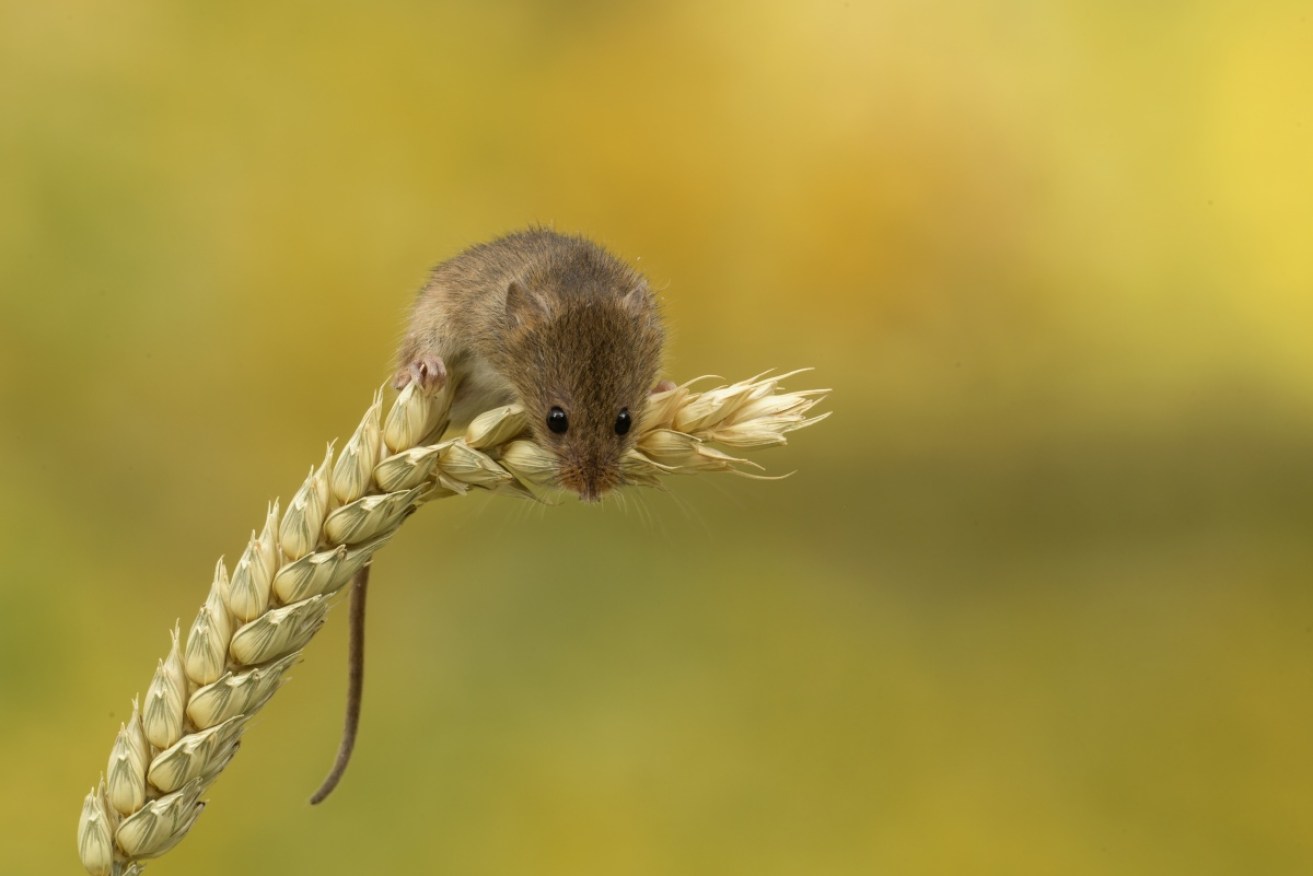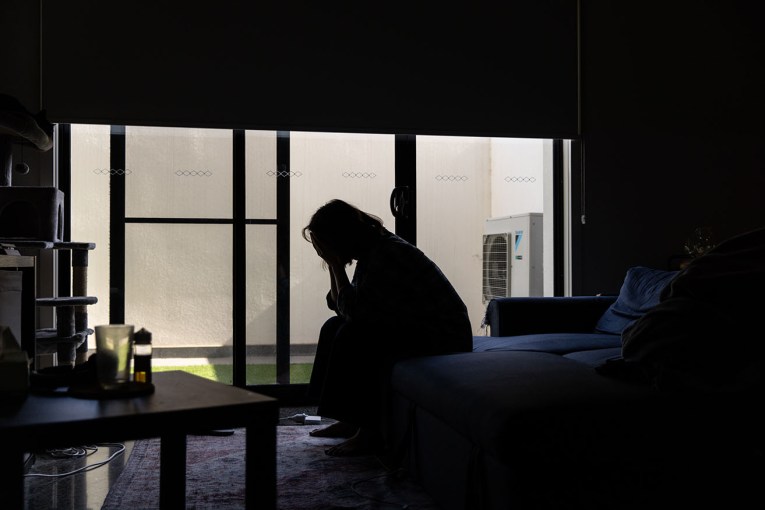Mouse plague threatens the sowing season in south-east Australia


Farmers are in the grips of a mouse plague. Photo: Getty
Australian farmers are in the grips of a mouse plague, with the ravenous rodents invading and damaging crops in New South Wales, Victoria and South Australia.
As farmers prepare to sow their crops around Anzac Day, in the middle of next week, mice threaten to eat the seeds before they even get the chance to germinate.
CSIRO mouse researcher Steve Henry told The New Daily there hadn’t been any rain, but there were “plenty of mice” in the south-east cropping zones of north-west Victoria, southern parts of NSW and the Mallee region of South Australia.
Mr Henry said in the lead-up to the sowing, farmers have reported high numbers of mice, scurrying around and finding furrows where crops had been sown.
While a ‘mouse plague’ is characterised by more than 800 mice per hectare, the mouse researcher said an economic threshold for damage was 200 mice per hectare.
“If we’re talking about a mouse plague of plague proportions, we’re way over the threshold when they start to incur economic damage,” Mr Henry said.
“What we’re saying to farmers is to go for a walk in the paddocks to find out their mouse situation and if they think they’ve got a significant number of mice, they need to bait and control those mice.”
https://twitter.com/RossStone41/status/985411609156714496
Mr Henry said one kilogram of zinc phosphide poison would cover one hectare of land and provide 20,000 lethal doses.
The mouse plague follows a “bumper harvest” in 2016, with excess food and the shelter provided by crop stubble, allowing mice to breed in large numbers and create a significant amount of damage.
Mr Henry said adverse weather conditions, such as a huge wind event through South Australia at the end of 2017, had also exacerbated the mouse plague. That big blow shook lentils from their pods before harvest, creating a smorgasbord for mice.
The lack of rain has also failed to deter the rodent infestation.
“Mice, unlike rats, don’t need a lot of water. They get enough out of the food they eat. Dry times don’t make it harder for the mice to survive.”
Victorian Farmers Federation horticulture group vice president Brett Hosking, a cropping farmer in Quambatook,Victoria, told TND mouse damage had been more widespread this cropping season compared with last year.
Mr Hosking said some growers had to re-sow part or their whole paddock as a result of mice last season.
“If left unchecked, mice can cause a significant reduction in yield. It’s important farmers use strategies to manage populations and hopefully avoid crop loss from happening,” Mr Hosking said.
Former agronomist and cropping farmer, Ross Stone, who has a 4850-hectare property in Walpeup, outside Ouyen and about 100 kilometres from Mildura, told TND he was applying bait to his crops immediately after sowing.
He said the mice program would cost about $15,000, including mouse bait for $2.80 a hectare as well as an extra employee to bait during the sowing season.
“We’re managing them okay at the moment, but we’ve just started sowing in the last couple of weeks and we’re basically having to bait right behind the air-seeder,” Mr Stone said.
“We’ve experienced mice before, but not on such a big scale,” he said.








